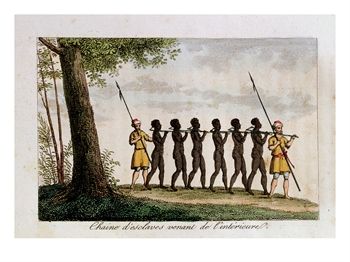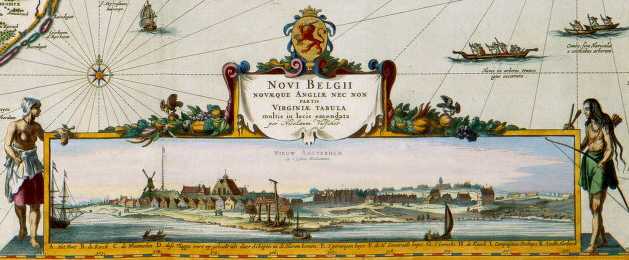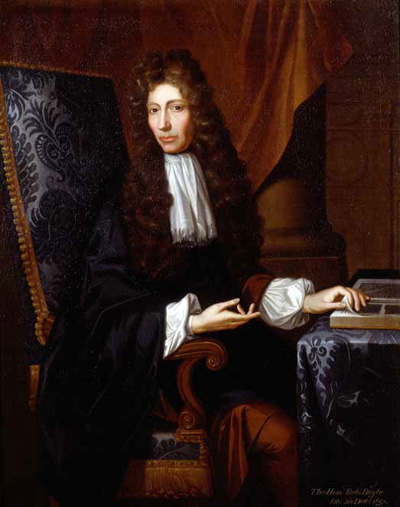 Revolutions in Science (II)
Revolutions in Science (II)Image right: Johann Kerseboom, The Hon. Robert Boyle, F.H.S. (1689). Image source: The Chemical Archives.
I. What is a Fact of Nature?
A. Problems with the “Triumphalist” Story of Scientific
Progress
B. A Case in Point: The Meaning of “Monsters”
Image: Ulisse Aldrovandi's Monstrous Rooster
Image: A Monstrous Prodigy—The Pope-Ass
Image: A Monstrous Prodigy-The Monk-Calf of Freiberg
Image: Sir Francis Bacon (1561-1626)
Image: Robert Boyle's Air Pump
Image: Joseph Wright of Derby (1737-1797), Experiment
with the Air Pump (1768)
II. Debating the Scientific Method
A. Ancients versus Moderns
B. The Mechanics of Fact-Making
C. The Scientific Method Challenged
III. Making the New Knowledge Stick

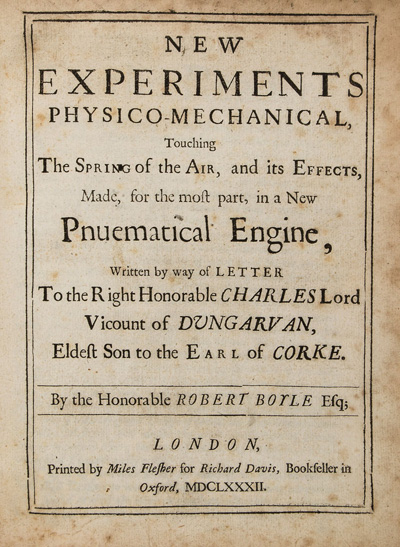 Image
left: Sir James Thornhill (1675-1734), Sir Isaac Newton (1709-1712).
Oil on canvas. Woolsthorpe Manor, Lincolnshire. Image source:
Image
left: Sir James Thornhill (1675-1734), Sir Isaac Newton (1709-1712).
Oil on canvas. Woolsthorpe Manor, Lincolnshire. Image source: 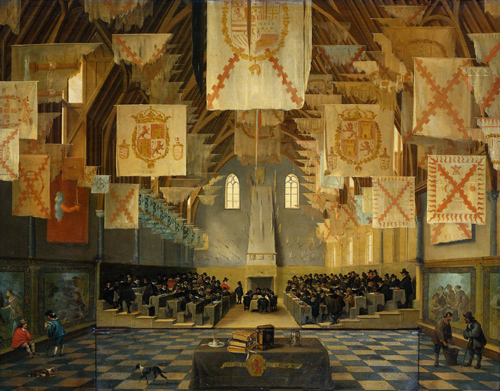 The Sinews of Power: The Netherlands and Britain Compared
The Sinews of Power: The Netherlands and Britain Compared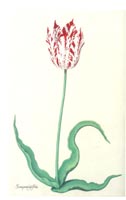
.jpg)
